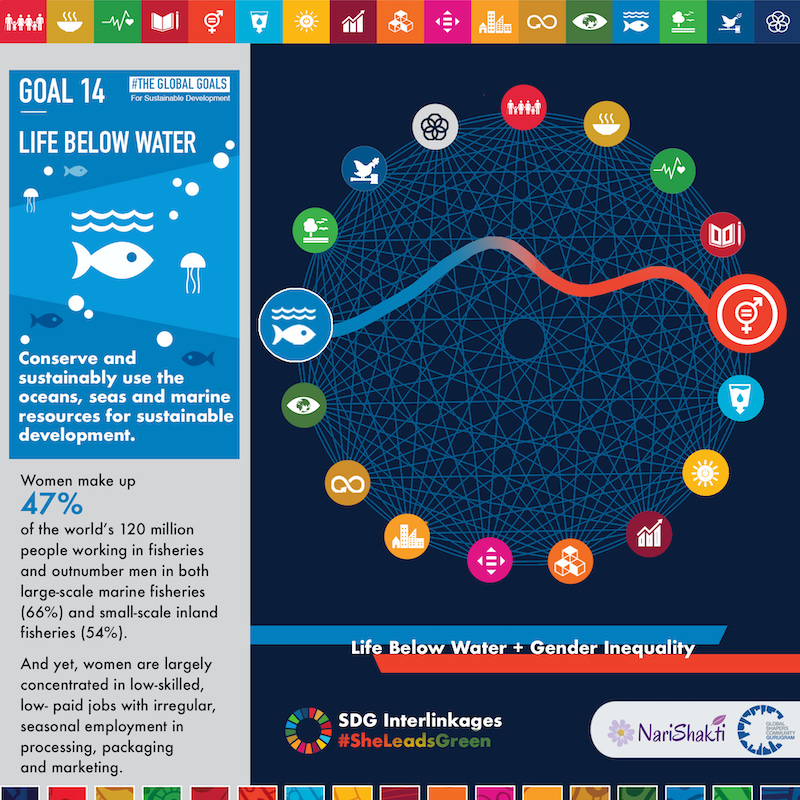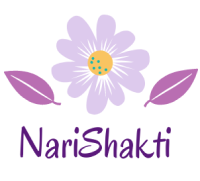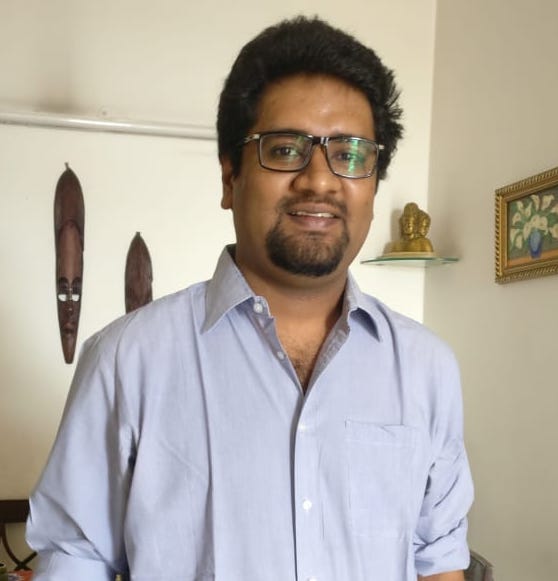
Gender parity for life below water (SDG 14)

Why do we need to look at life below water from gender lens?
- Women make up nearly half of the overall fisheries sector workforce. Women are present throughout the value chain and are found in many roles such as harvesting, processing, marketing, trading.
- With a significant representation of women in the fisheries workforce, the fisheries and aquaculture sector constitutes a high-impact opportunity for women’s economic and social empowerment.
- But fishing and aquaculture are marked by significant occupational segregation as men are involved in fish and aquaculture harvesting while women are occupied in low-skilled, low-paid secondary jobs with irregular, seasonal employment in processing, packaging and marketing.
How is life below water and gender-linked?
There are 10 targets and 10 indicators to achieve SDG 14. None out of 10 indicators are gender-specific.
- An estimate by the FAO shows women as comprising 15% of the workforce engaged in harvesting and are involved in 90% of the jobs in fish processing, including activities such as canning and gutting.
- A skewed perception of women’s unique contributions often results in a lack of recognition of their requirements and interests in policies and programs, hence affecting sustainable outcomes.
- Women face the risks of ocean degradation with fewer assets and alternatives for income and less resilience against mounting losses.
- The contamination of the world’s oceans affects women’s livelihood, their health and the health of their children. Though fisheries are an important entry point and opportunity towards advancing gender equality and increasing effective sustainable fisheries management, the sector is still challenged by pervasive inequalities, including GBV.
- Worldwide, 35% of women have experienced some type of GBV in their lifetime. In the fisheries sector, structural inequalities and harmful social norms put women and girls in vulnerable situations, where they may be affected by and exposed to violence and abuse.
- Some fishing communities are also hotspots for HIV/AIDS, with HIV infection rates 4 to 14 times higher than national averages.
What outcomes can we achieve in SDG 14 if we reach gender parity?
- Women’s leadership in conservation efforts is often invisible. The health of the ocean has a direct impact on the way women live and work, and their efforts and leadership in sustainable use and conservation of the ocean is critical.
- Women earn approximately 64 percent of men’s wages for the same work in aquaculture. Women mostly work without contracts and are devoid of health, safety and labour rights protections.
- To top it all, persistent gender inequalities hinder full participation of women in economic opportunities and decision making, substantially restricting the potential of the sector.
- Strategizing for conservation and sustainability needs to consider these vulnerabilities. Women’s limited representation in the marine sector must be corrected to ensure fair and durable solutions.
- Marine Protected Areas contribute to poverty reduction by increasing fish catches and income, creating new jobs, improving health, and empowering women.
References


